Equipment
Breaking down SuperStroke’s CounterCore lineup
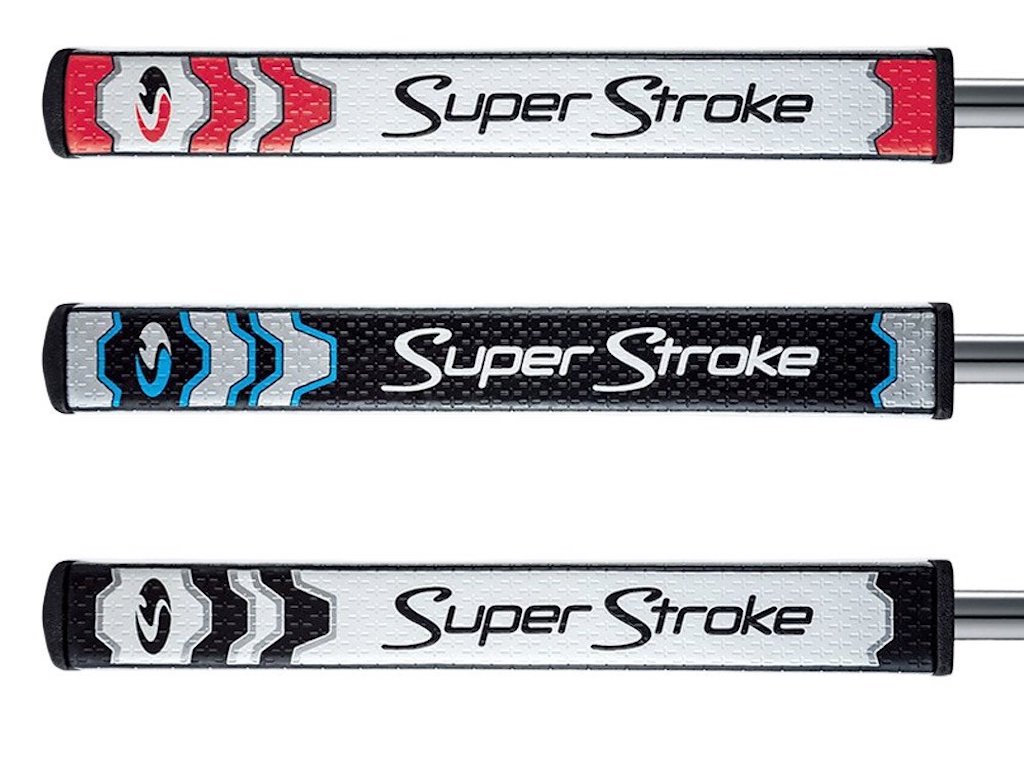
A putting grip can affect the feel, stability, and forgiveness of the club’s head.
SuperStroke grips have been used to earn more than $500 million in major championships and PGA Tour events, and one of the key sciences behind the company’s grips is a concept called counter-weighting (or counter-balancing).
What is counter-weighting?
A counter-weighted putter has more weight in the top end of the grip than a conventional putter.
Thanks to counter-balancing, SuperStroke found that it’s possible to add weight to the grip end of a standard-length putter, from an extra 25 to 75 grams or even more, depending on the golfer’s preferences, to have an effect on the club’s head.
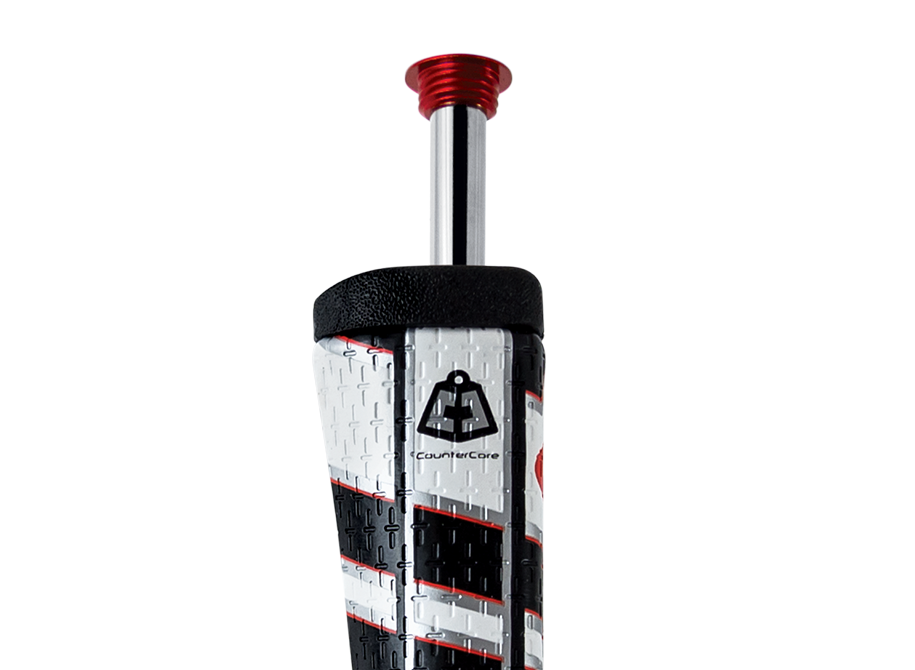
This added weight in the grip end increases the clubhead’s MOI (moment of inertia), making it more stable and resistant to twisting on off-center strikes allowing golfers to improve their path naturally. As with irons, drivers and putters, a higher MOI results in more accurate miss-hits (in both direction and distance).
In addition, counter-weighting your putter can slow down a players’ hands this allowing the head to swing more naturally through the ball with improved face rotation. The added weight in the grip has the benefit of decreasing the hands’ role and promoting a pendulum-type stroke which is controlled by the arms and shoulders.
SuperStroke’s CounterCore Lineup
The Flatso, Pistol GT, Slim are the three CounterCore grip options players’ can utilize, with all three coming equipped with a 50g weight and wrench, with the option to purchase 25g and 75g weights separately.
The grips feature No Taper Technology as well as the company’s Cross-Traction surface texture.
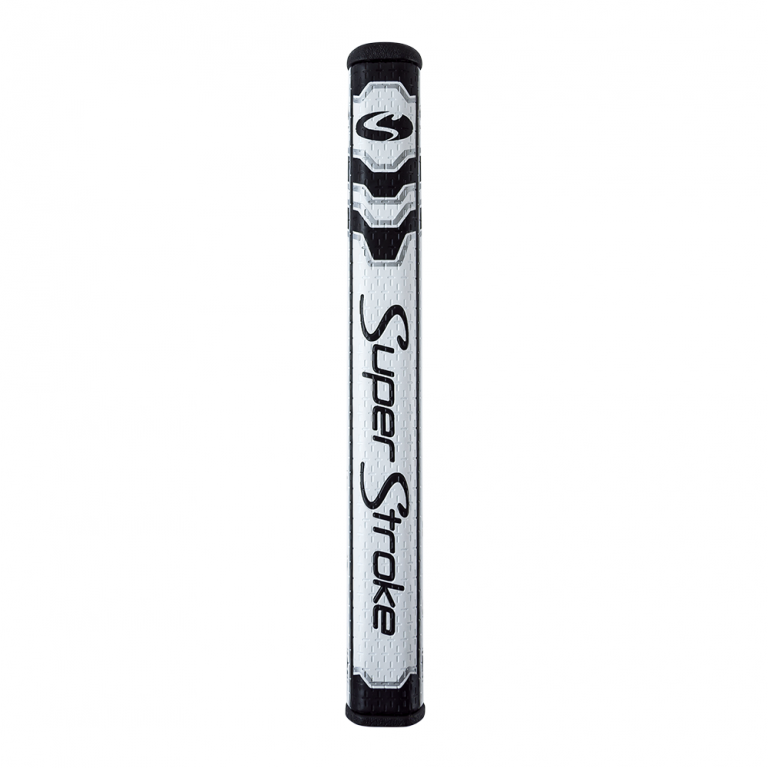
SuperStroke’s No Taper Technology helps golfers minimize grip pressure with a unique parallel design. The uniform lower hand profile assists golfers in quieting their hands and adding consistency to their stroke, while the Cross-Traction surface texture creates a more consistent non-slip grip.
CounterCore Flatso
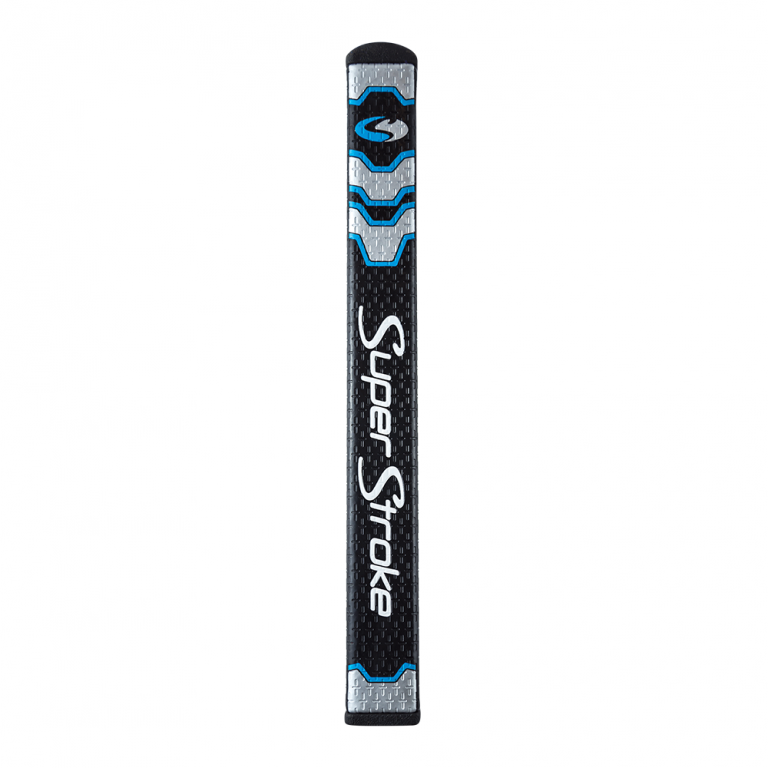
The SuperStroke CounterCore Flatso features a pentagonal profile to allow for increased consistency due to its wider flat-front and multiple edges.
Pistol GT
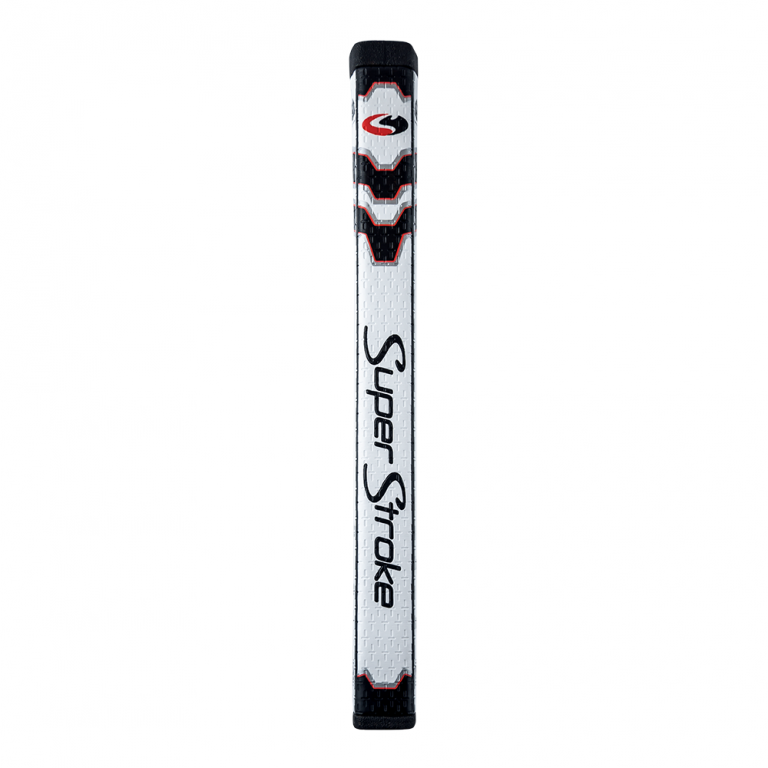
The new Pistol GT with CounterCore Technology is SuperStroke’s newest grip, and it features a classic pistol shape that is popular amongst golfers.
CounterCore Slim
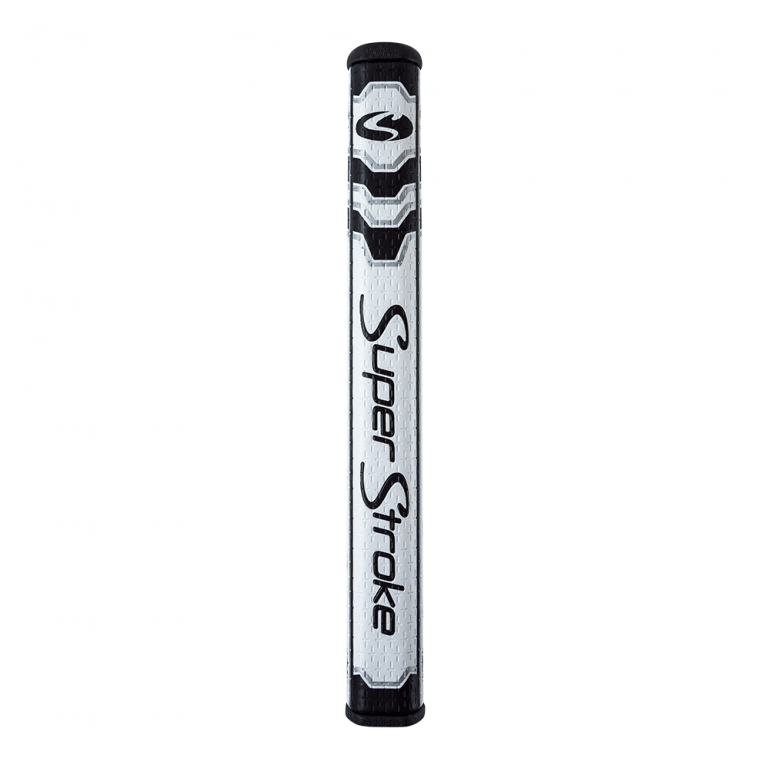
The SuperStroke CounterCore Legacy putter grips are the company’s original patented design with the addition of CounterCore Technology.
Why you should try a Counter-Balanced putter
There are several reasons why you might want to consider putting a Counter-Balanced putter in the bag, as well as many reasons why a Counter-Balanced putter could help lower your scores.
The Counter-Balanced technology can greatly help a player whose stroke tends to get “handsy” or “wristy,” causing inconsistency in both your line and distance control. It does so by putting the emphasis on the arms and shoulders.
If you currently like your putter, but the head feels a bit too heavy, a CounterCore grip from SuperStroke grip can help lighten the head, aiding golfers to find a clearer path.
For those who struggle with miss-hit putts and need more forgiveness, SuperStroke’s CounterCore lineup will help golfers thanks to its excellent MOI.
Toe Hang vs Face Balance
Included in the weight discussion is whether a Toe Hang or Face Balanced putter is more optimal for a player’s stroke and needs.
Toe Hang putters generally benefit golfers who have more face rotation in their putting stroke and/or are looking to increase the amount of face rotation. This style of putter face aids players who tend to miss putts to the right, with the toe hang helping close the face at impact.
In contrast, Face Balanced putter tends to benefit players who have minimal face rotation or those looking to reduce the amount of face rotation in their stroke. This style aids players who generally miss putts to the left, with the face balanced putters helping the face to stay more square/open at impact).
- LIKE40
- LEGIT12
- WOW0
- LOL0
- IDHT1
- FLOP3
- OB2
- SHANK8
Equipment
Why Rory McIlroy will likely use the new TaylorMade BRNR Mini Driver Copper at the RBC Heritage
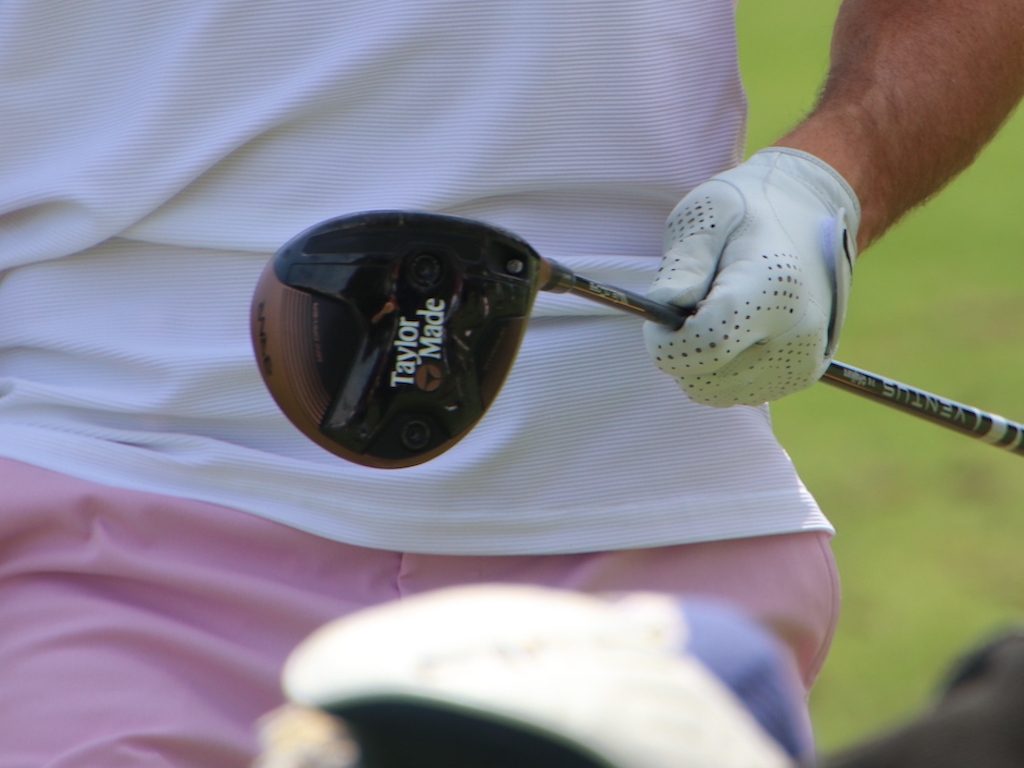
Although we spotted Rory McIlroy testing the new TaylorMade BRNR Mini Driver Copper last week during practice rounds at the Masters, he ultimately didn’t decide to use the club in competition.
It seems that will change this week at the 2024 RBC Heritage, played at the short-and-tight Harbour Town Golf Links in Hilton Head.
When asked on Wednesday following his morning Pro-Am if he’d be using the new, nostalgic BRNR Copper this week, McIlroy said, “I think so.”
“I like it,” McIlroy told GolfWRX.com on Tuesday regarding the BRNR. “This would be a good week for it.”
View this post on Instagram
According to Adrian Rietveld, the Senior Manager of Tour at TaylorMade, the BRNR Mini Driver can help McIlroy position himself properly off the tee at the tight layout.
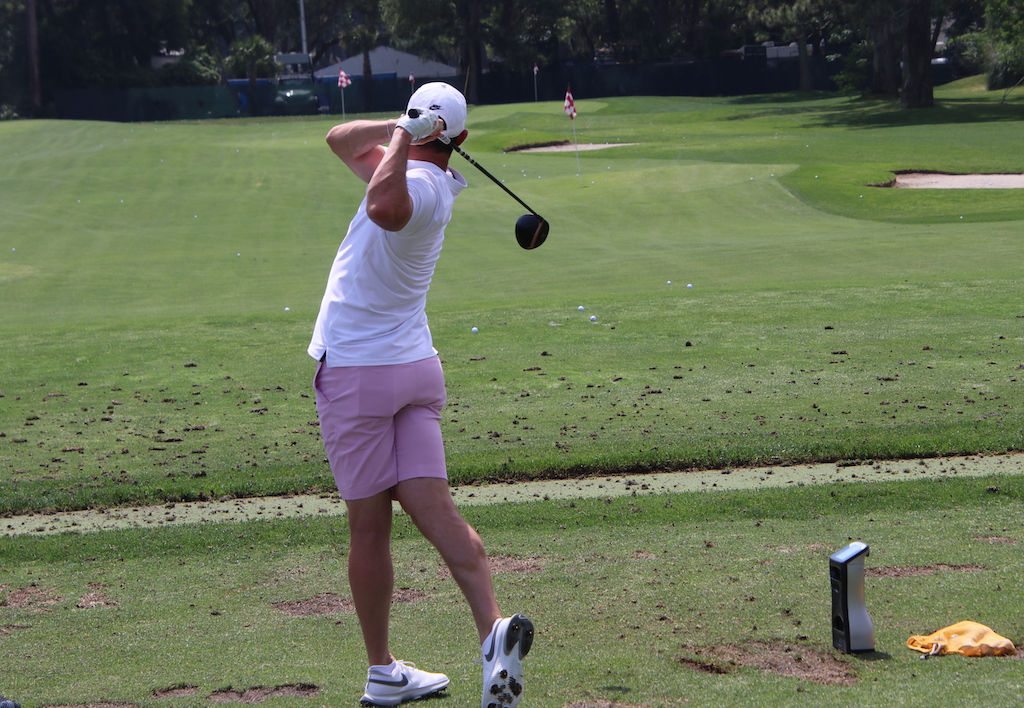
Here’s what Rietveld told GolfWRX.com on Wednesday:
“For someone like Rory, who’s that long at the top end of the bag, and then you put him on a course like Harbour Town, it’s tough off the tee. It’s tight into the greens, and you have to put yourself in position off the tee to have a shot into the green. It kind of reminds me of Valderrama in Spain, where you can be in the fairway and have no shot into the green.
“I’m caddying for Tommy [Fleetwood] this week, so I was walking the course last night and looking at a few things. There’s just such a small margin for error. You can be standing in the fairway at 300 yards and have a shot, but at 320 you don’t. So if you don’t hit a perfect shot, you could be stuck behind a tree. And then if you’re back at 280, it might be a really tough shot into the small greens.
“So for Rory [with the BRNR], it’s a nice course-specific golf club for him. He’s got both shots with it; he can move it right-to-left or left-to-right. And the main thing about this club has been the accuracy and the dispersion with it. I mean, it’s been amazing for Tommy.
“This was the first event Tommy used a BRNR last year, and I remember talking to him about it, and he said he couldn’t wait to play it at Augusta next year. And he just never took it out of the bag because he’s so comfortable with it, and hitting it off the deck.
“So you look at Rory, and you want to have the tools working to your advantage out here, and the driver could hand-cuff him a bit with all of the shots you’d have to manufacture.”
So, although McIlroy might not be making a permanent switch into the new TaylorMade BRNR Mini Driver Copper, he’s likely to switch into it this week.
His version is lofted at 13.5 degrees, and equipped with a Fujikura Ventus Black 7X shaft.
See more photos of Rory testing the BRNR Mini here
- LIKE5
- LEGIT0
- WOW0
- LOL0
- IDHT0
- FLOP0
- OB0
- SHANK0
Equipment
Spotted: TaylorMade P-UDI driving iron
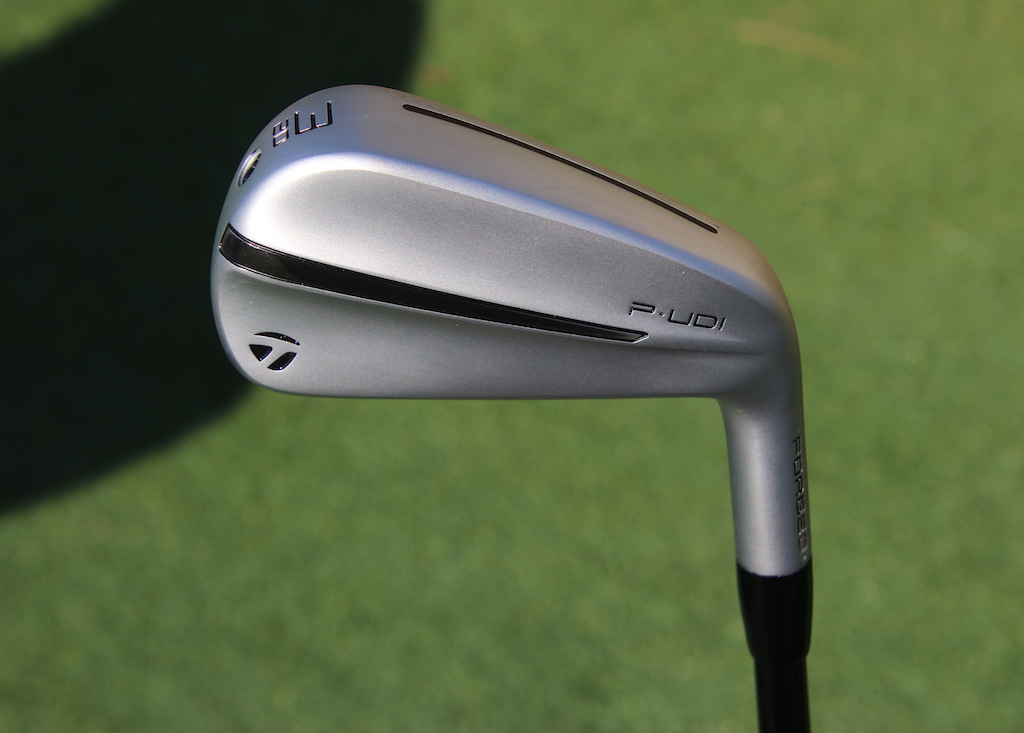
It seems like the RBC Heritage is full of new gear to be spotted, and you can add TaylorMade’s P-UDI utility irons to that list.
We spotted a 17-degree P-UDI 2-iron in Nick Dunlap’s bag yesterday, and now have some photos of both the 3- and 4-irons. Nick has his P-UDI 2-iron setup with a Project X HZRDUS Black 4th Gen 105g TX shaft.
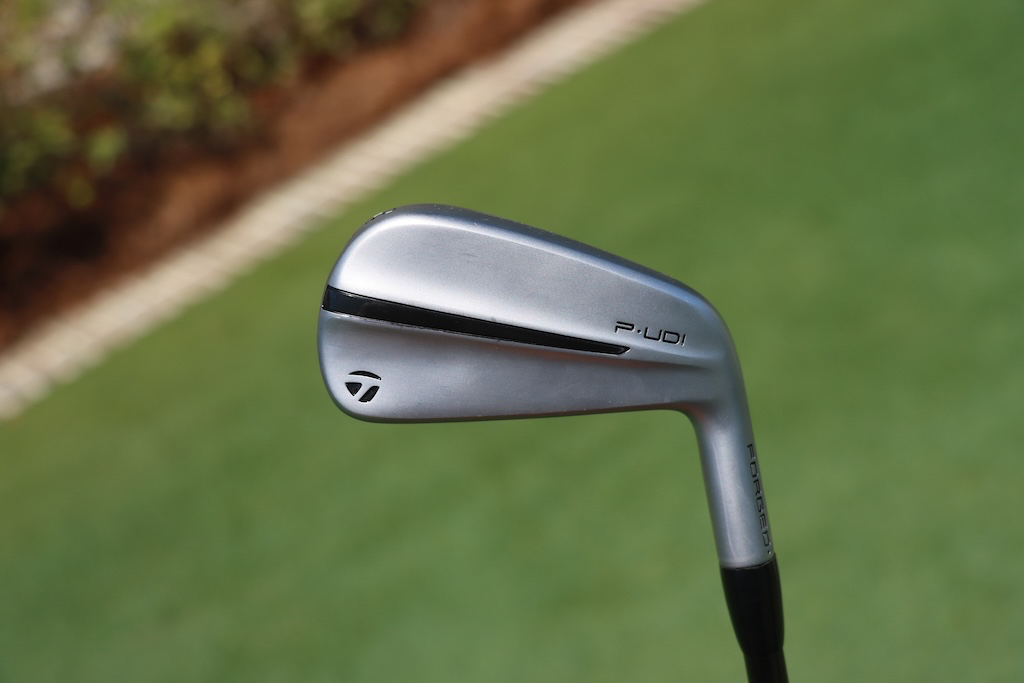
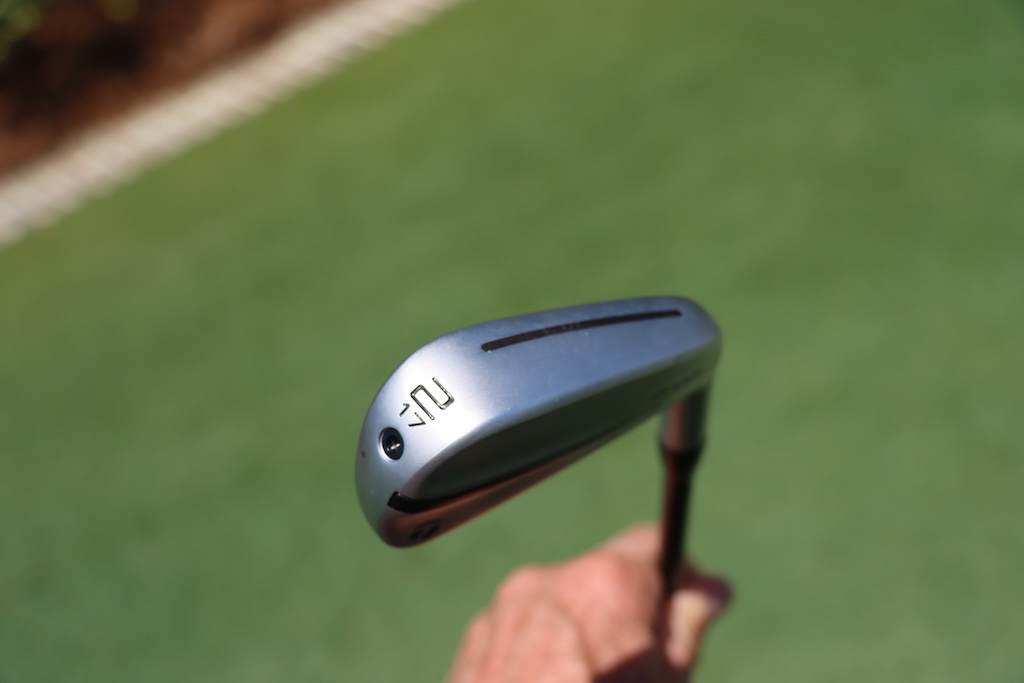
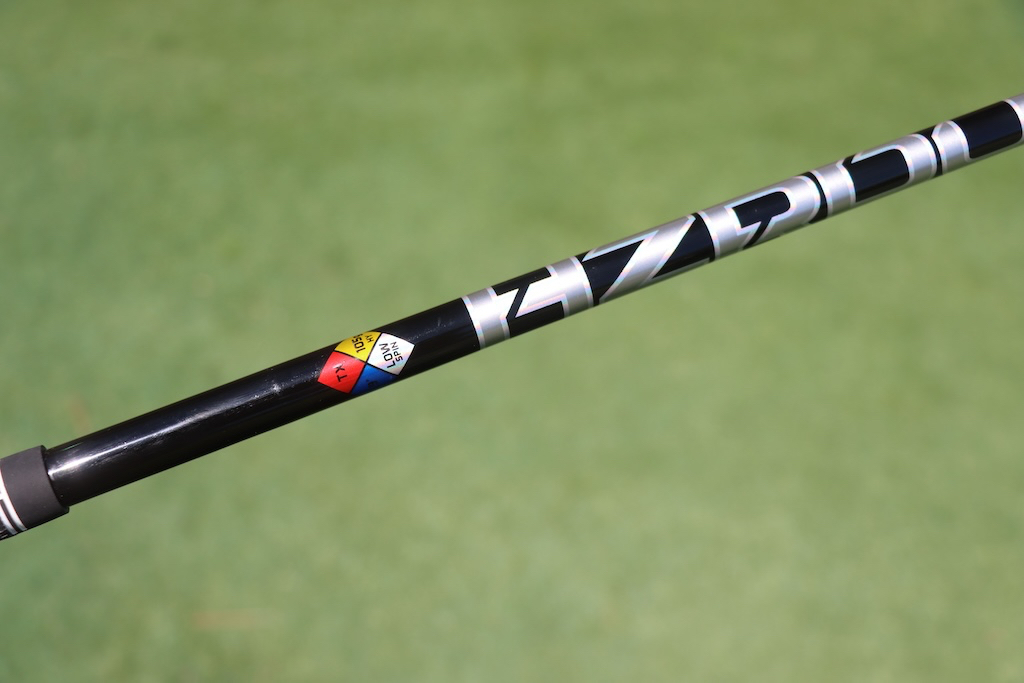
From what we can tell, this new P-UDI utility iron looks to have some of the usual TaylorMade technology as we can see the Speed Slot on the sole of the club for additional face flexibility. A toe screw is usually used to close off the hollow body design that will probably be filled with a version of TaylorMade’s Speed Foam that is present in the current iron lineup. This hollow body, foam-filled design should offer additional ball speed, soft feel, and sound, as well as an optimized CG for ball flight.
“Forged” is etched into the hosel, so we can assume that either the face, body, or both are forged for a soft and responsive feel. The club looks good from behind and at address, where we can see just a little offset and a topline that I would consider medium thickness. We don’t have the full details on what is under the hood or how many loft options will be available yet.
TaylorMade P-UDI 3-iron – 20°
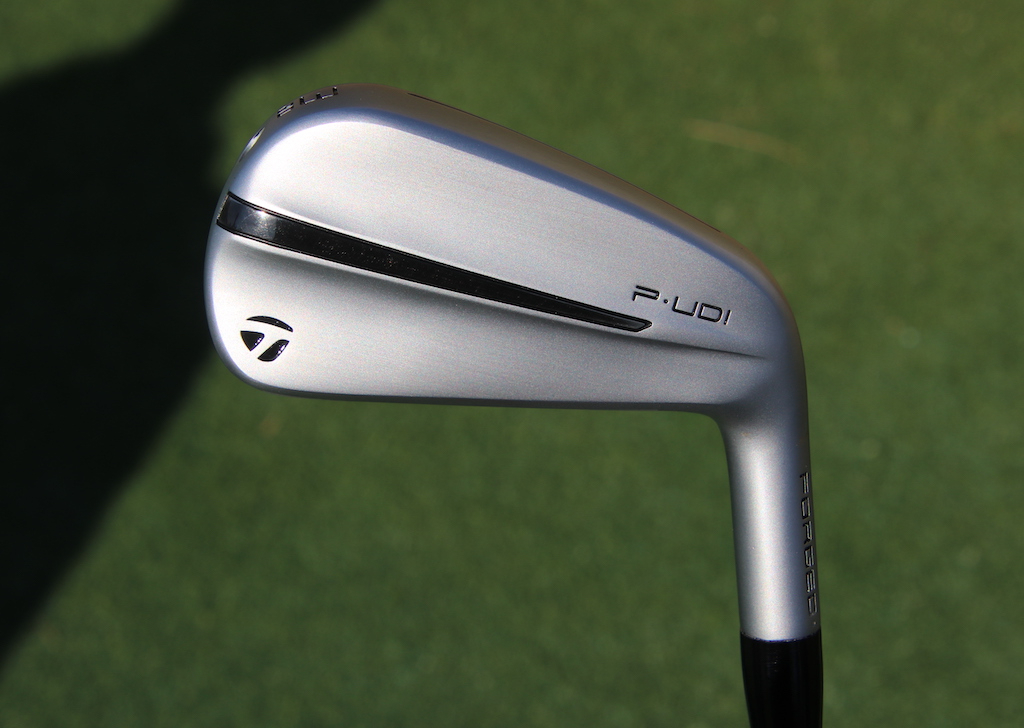
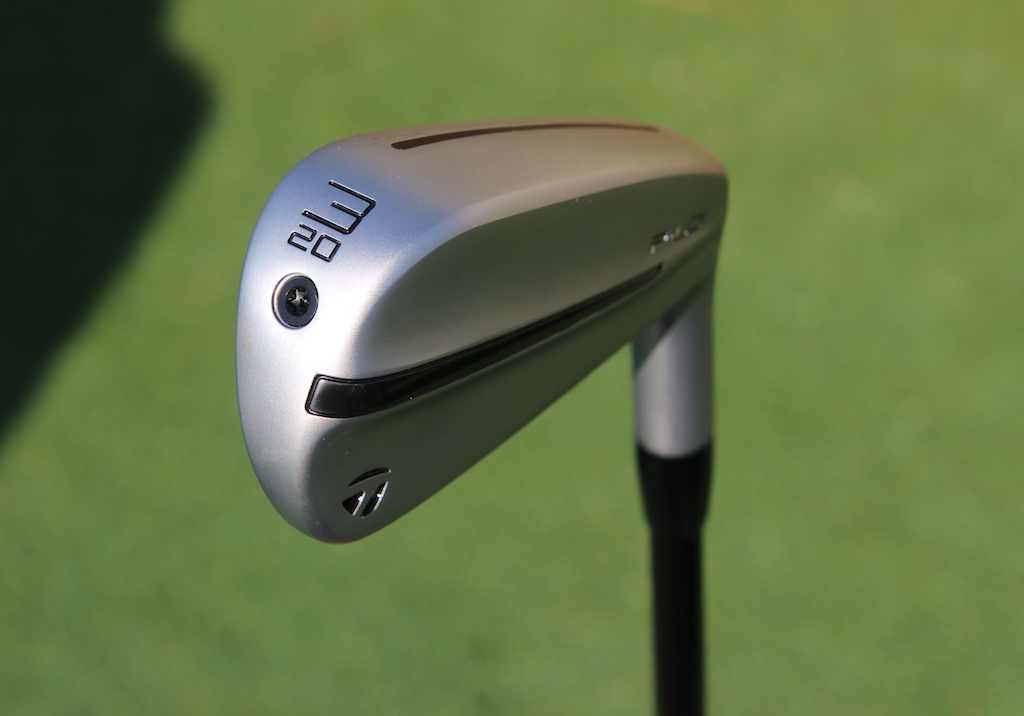
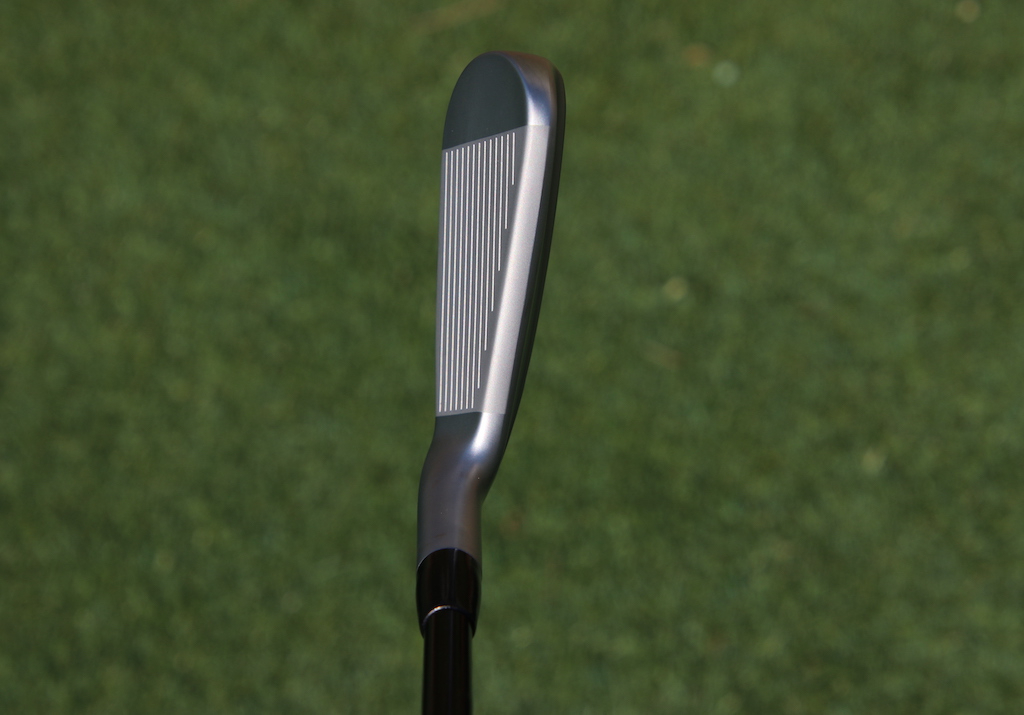
TaylorMade P-UDI 4-iron – 22°
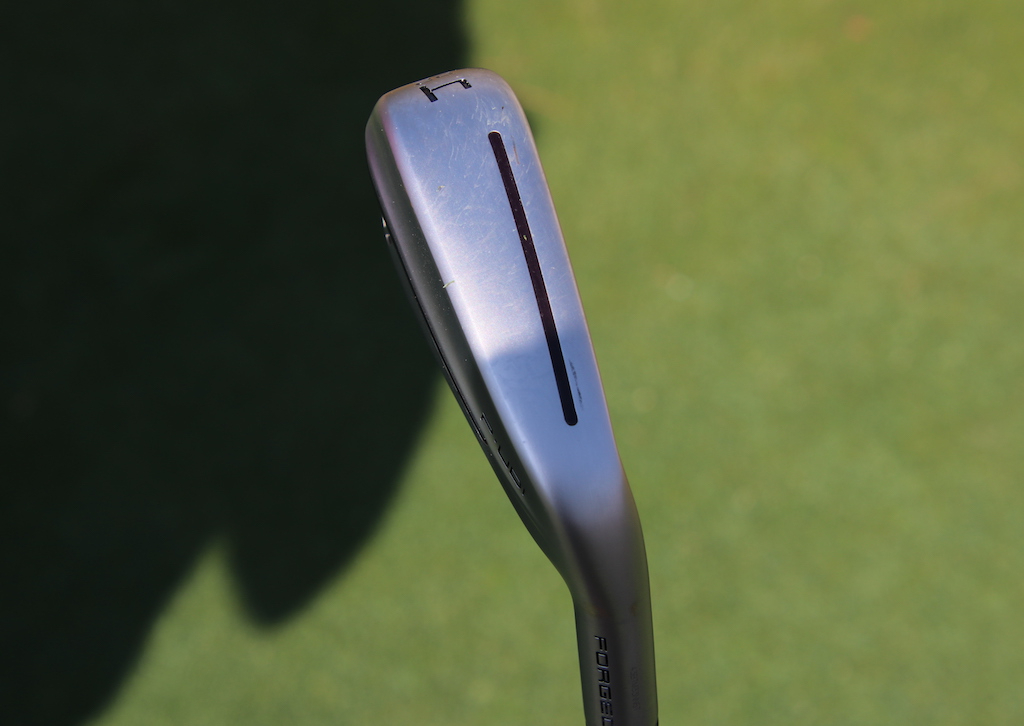
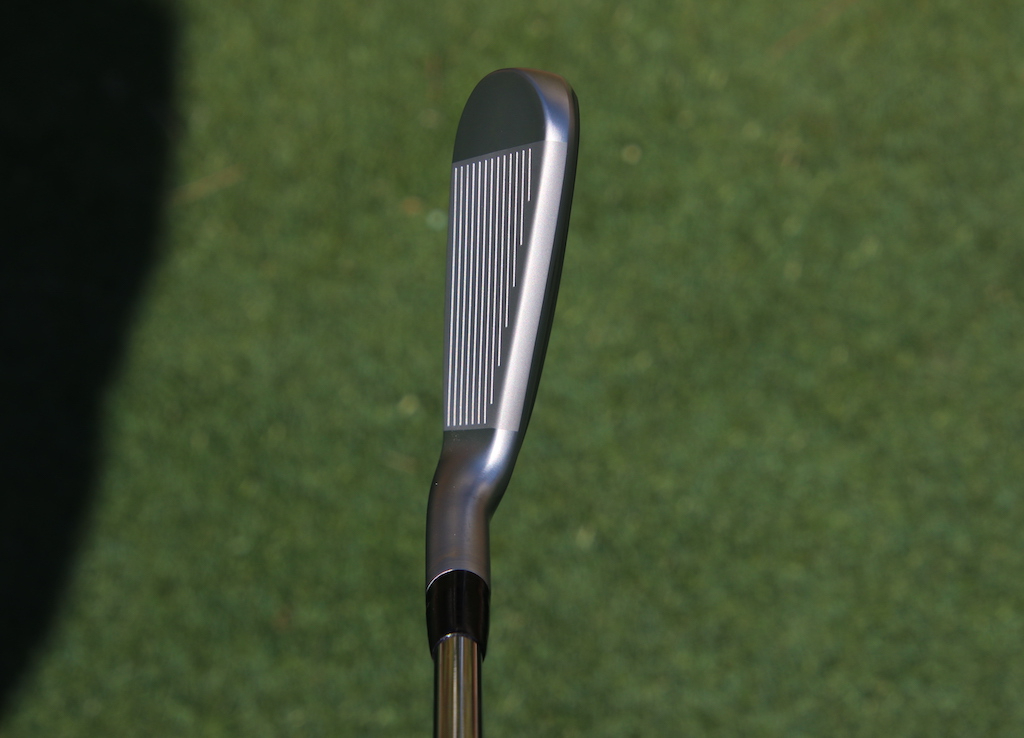
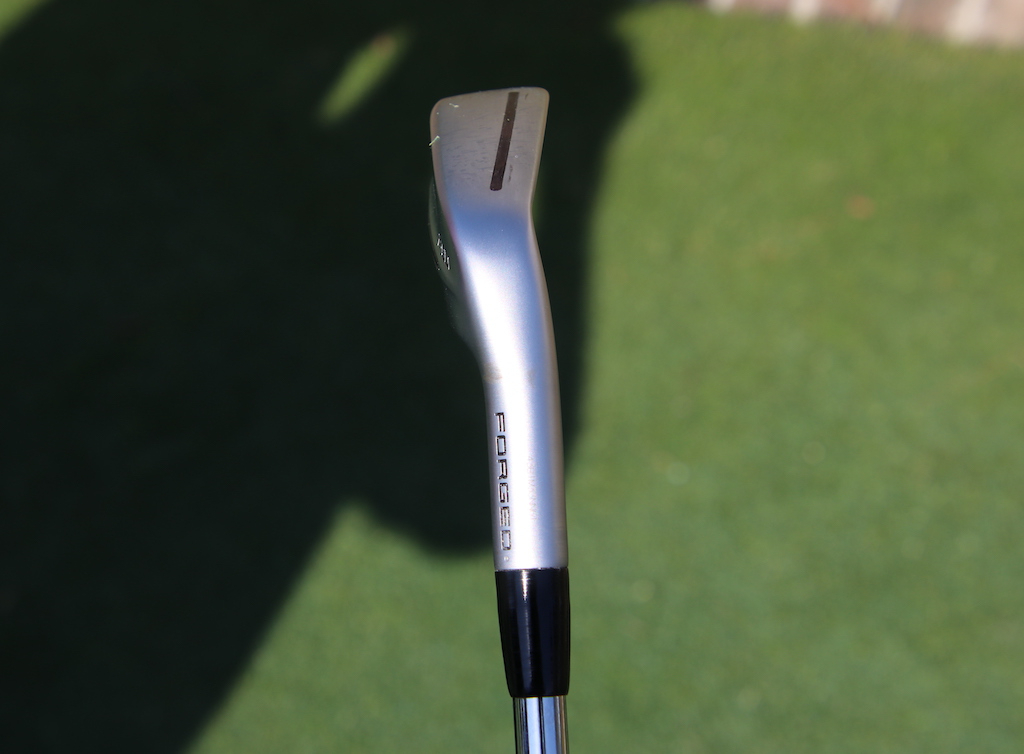
- Check out the rest of our photos from the 2024 RBC Heritage
- LIKE7
- LEGIT1
- WOW1
- LOL0
- IDHT0
- FLOP0
- OB0
- SHANK0
Whats in the Bag
Collin Morikawa WITB 2024 (April)
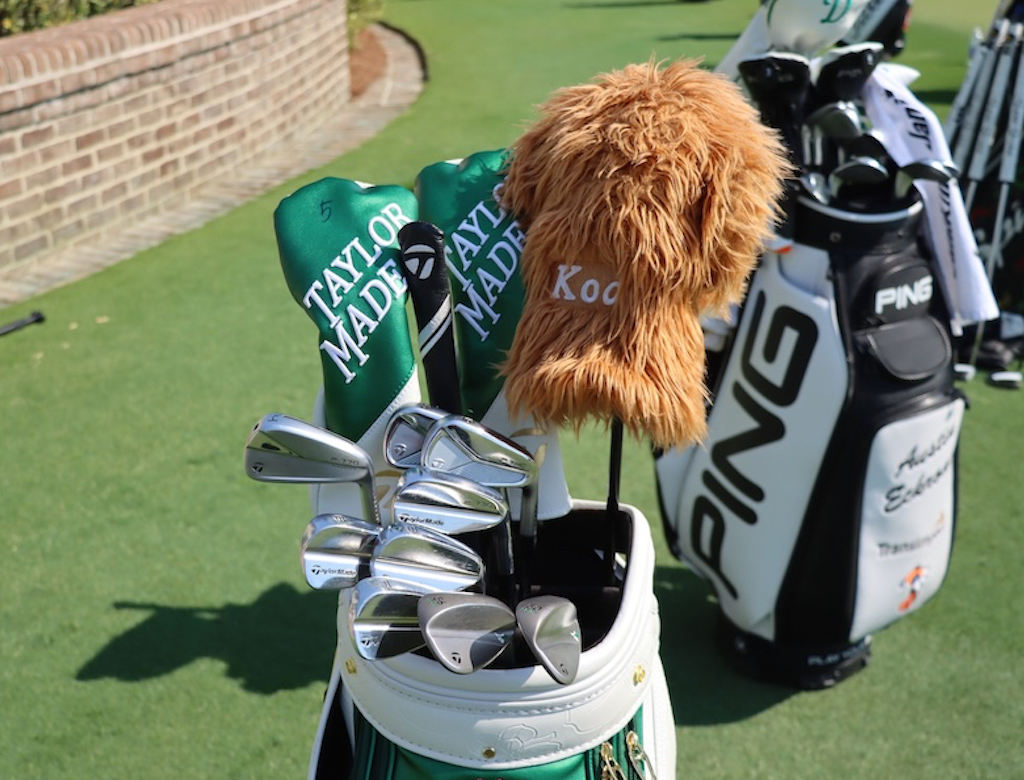
- Collin Morikawa what’s in the bag accurate as of the RBC Heritage. More photos from the event here.
Driver: TaylorMade Qi10 LS (9 degrees)
Shaft: Mitsubishi Diamana D+ Limited 60 TX (45 inches)
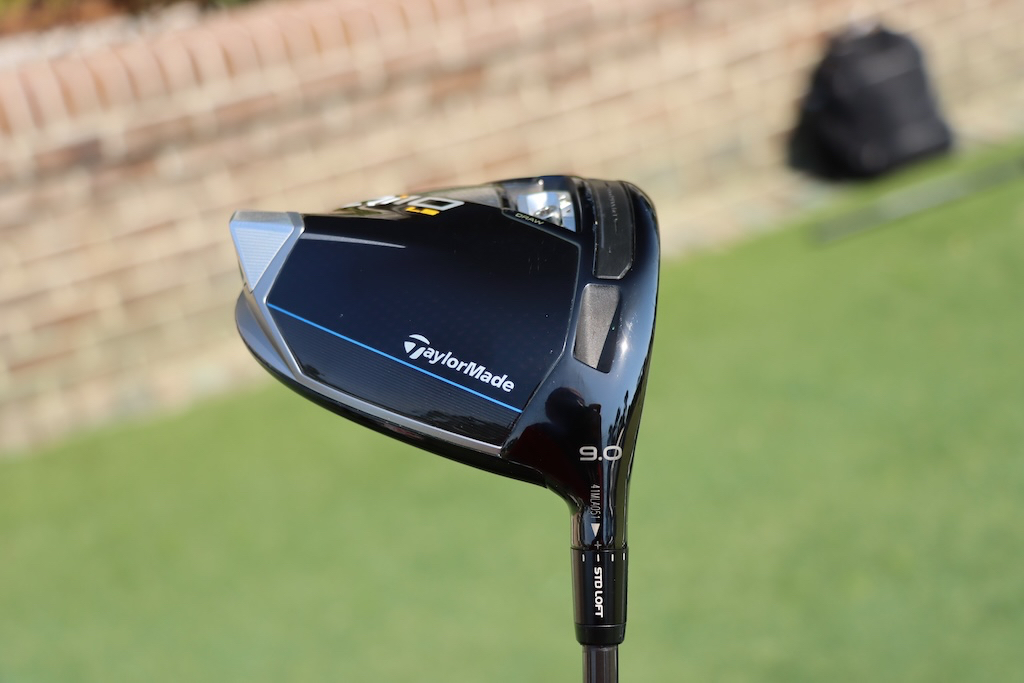
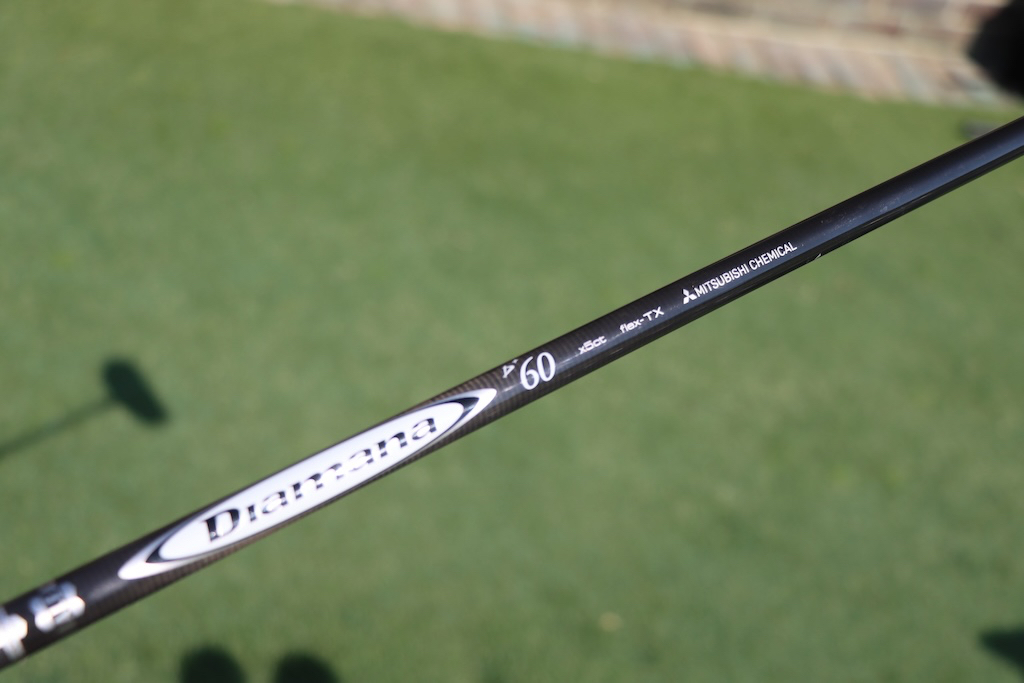
3-wood: TaylorMade Qi10 (13.5 degrees)
Shaft: Mitsubishi Diamana D+ Limited 80 TX
5-wood: TaylorMade Qi10 (18 degrees)
Shaft: Mitsubishi Diamana D+ Limited 80 TX
Irons: TaylorMade P770 (4), P7MC (5-6), P730 (7-PW)
Shafts: True Temper Dynamic Gold Tour Issue Mid 115 X100 (4-6), True Temper Dynamic Gold Tour Issue X100 (7-PW)
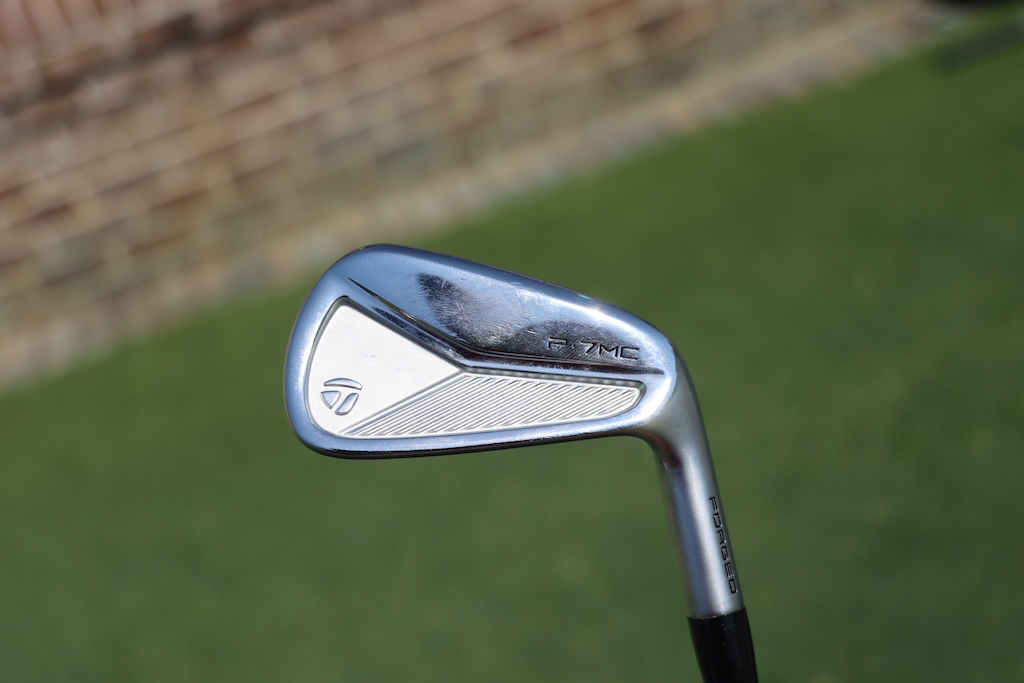
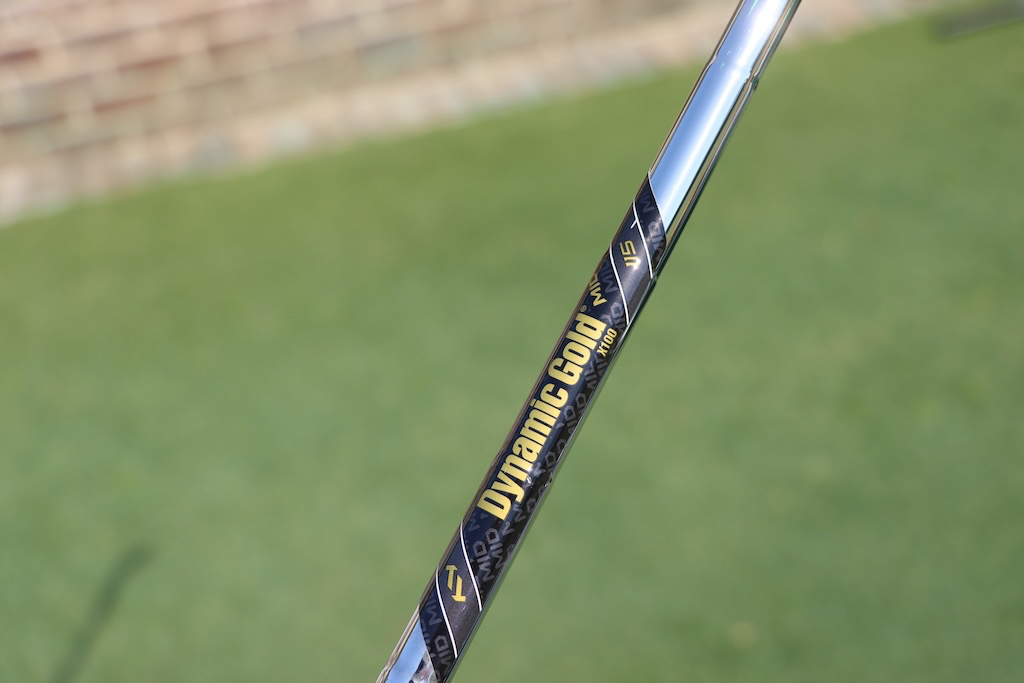
Wedges: TaylorMade MG4 (50-SB09, 56-LB08), TaylorMade MG4 TW (60-TW11)
Shafts: True Temper Dynamic Gold Tour Issue S400
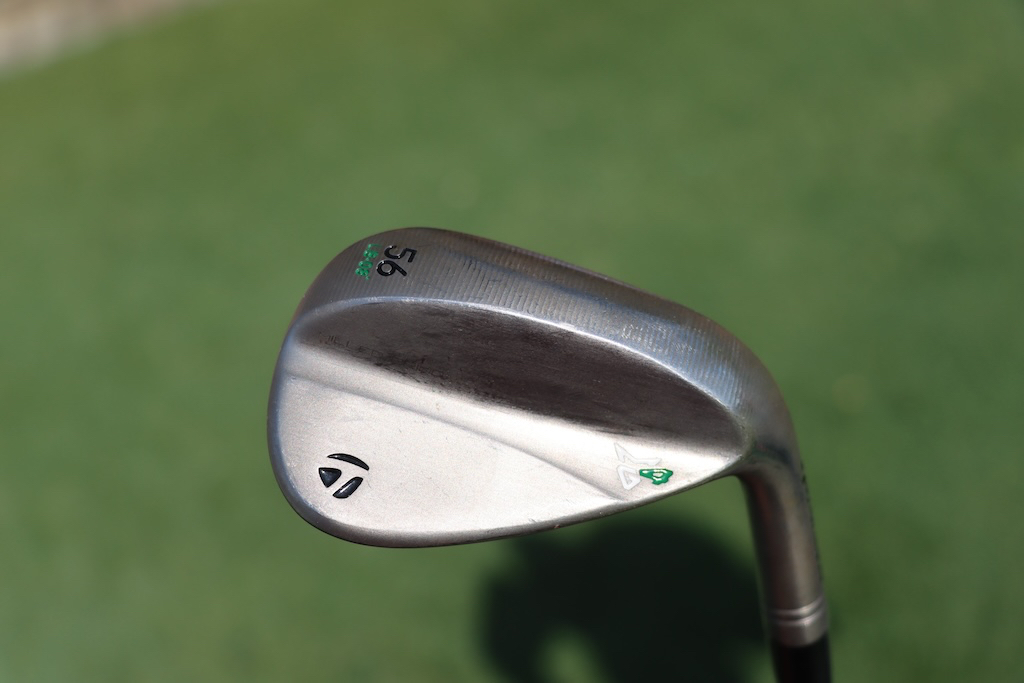
Putter: TaylorMade TP Soto
Grip: SuperStroke Zenergy Tour 2.0
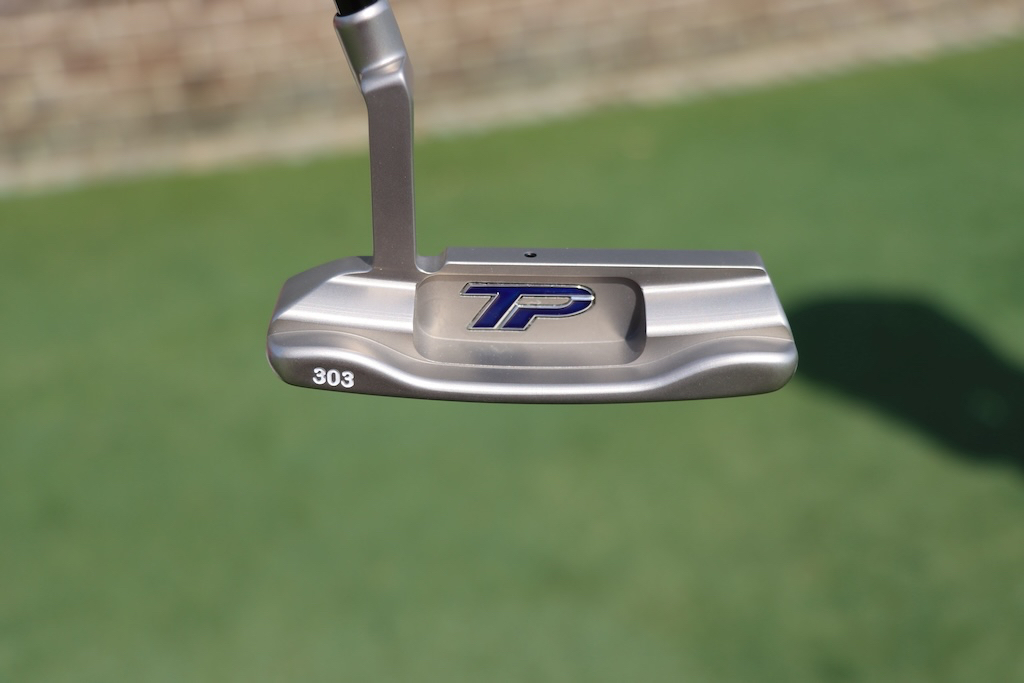
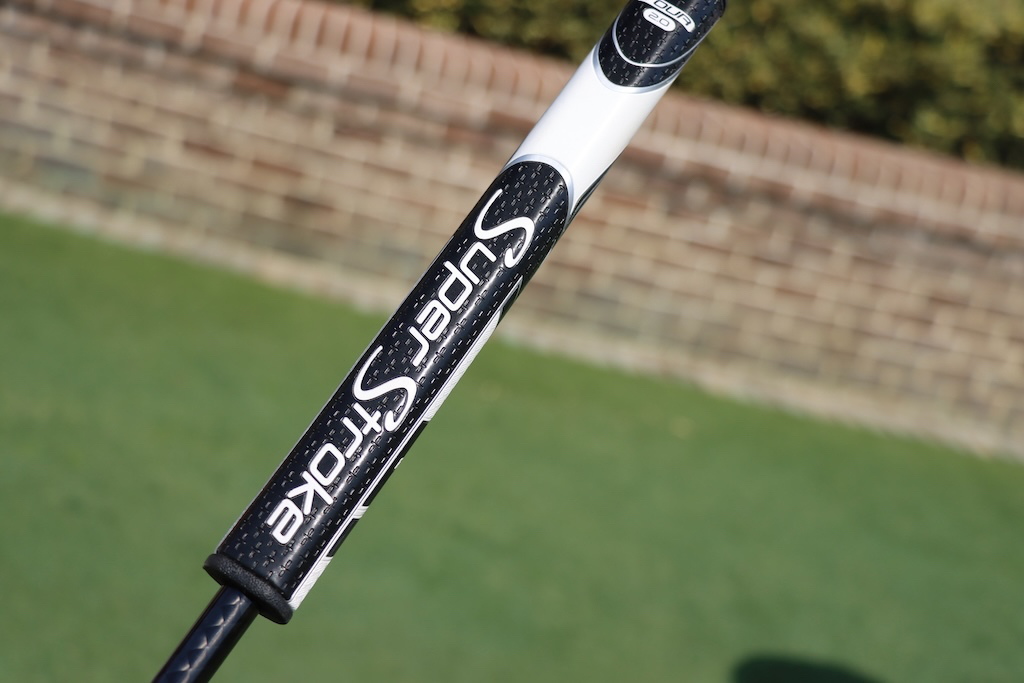
Grips: Golf Pride Z-Grip Cord
Ball: TaylorMade TP5x
- LIKE1
- LEGIT0
- WOW1
- LOL0
- IDHT0
- FLOP0
- OB0
- SHANK0
-

 19th Hole1 week ago
19th Hole1 week agoDave Portnoy places monstrous outright bet for the 2024 Masters
-

 19th Hole2 weeks ago
19th Hole2 weeks agoThings got heated at the Houston Open between Tony Finau and Alejandro Tosti. Here’s why
-

 19th Hole1 week ago
19th Hole1 week agoTiger Woods arrives at 2024 Masters equipped with a putter that may surprise you
-

 19th Hole2 weeks ago
19th Hole2 weeks agoReport: Tiger Woods has ‘eliminated sex’ in preparation for the 2024 Masters
-

 19th Hole3 days ago
19th Hole3 days agoTwo star names reportedly blanked Jon Rahm all week at the Masters
-

 19th Hole2 days ago
19th Hole2 days agoNeal Shipley presser ends in awkward fashion after reporter claims Tiger handed him note on 8th fairway
-

 19th Hole2 weeks ago
19th Hole2 weeks agoAddiction, spinal fusion, and scam artists – Everything Anthony Kim revealed in candid interview with David Feherty
-

 19th Hole2 weeks ago
19th Hole2 weeks agoAnthony Kim says doctors told him that he ‘may not have much time left’ ahead of LIV return

















gunmetal
Jun 19, 2022 at 2:25 pm
100%
That’s why citing moi is really misleading. Not to mention what moi matters at 5 mph?!?!
Most (not all) people struggle at putting because they don’t practice it because it’s not as fun as banging balls on a range.
Grip type and Method are however huge influencers on ones ability to consistently hole putts.
Ryan
Dec 22, 2021 at 3:19 pm
The “Toe Hang v Face Balance” portion of the article totally contradicts what Phil Kenyon discusses in the video included in the article and what I’ve understood from various other sources, such as TXG. When you put a putter with more toe hang on an inclined plane, it will fall open more than a face balanced putter, which would mean that when most golfers stroke a toe hang putter it has more of a tendency to leave the face open and miss to the right (for a right-handed golfer). Also, I’m not sure what counter-balancing a putter has to do with toe hang, nor do I understand why we would need a deeper dive on tech that has been around for a while now. Sorry, I love most of what this site posts, but this just wasn’t great content in my opinion.
Hogan
Dec 22, 2021 at 4:58 pm
100
Charles
Dec 22, 2021 at 12:50 am
This article would have been useful when the grips launched in 2016. Don’t see many now. Anywhere
Mike
Dec 21, 2021 at 8:49 pm
Thank you wrx staff this was helpful, will take a deeper look into this grip for 2022.
Tony Wright
Dec 21, 2021 at 12:51 pm
Hi. Counterweighting can be valuable. But it does not increase the clubhead MOI. It very very slightly increases the total club MOI, it reduces club swingweight.
JD IV
Dec 21, 2021 at 11:51 am
“Breaking down SuperStroke’s CounterCore lineup”… also known as “Breaking down a 5+ year old simple technology” …. or maybe better known as “beating a dead horse”…. or actually typical WRX “journalism”